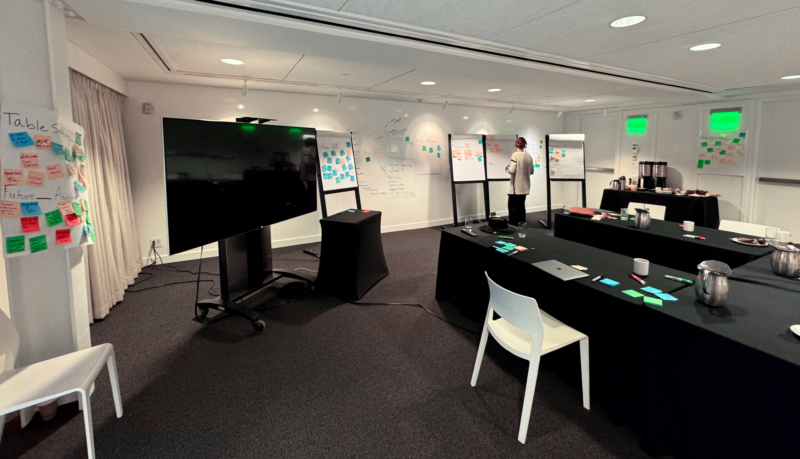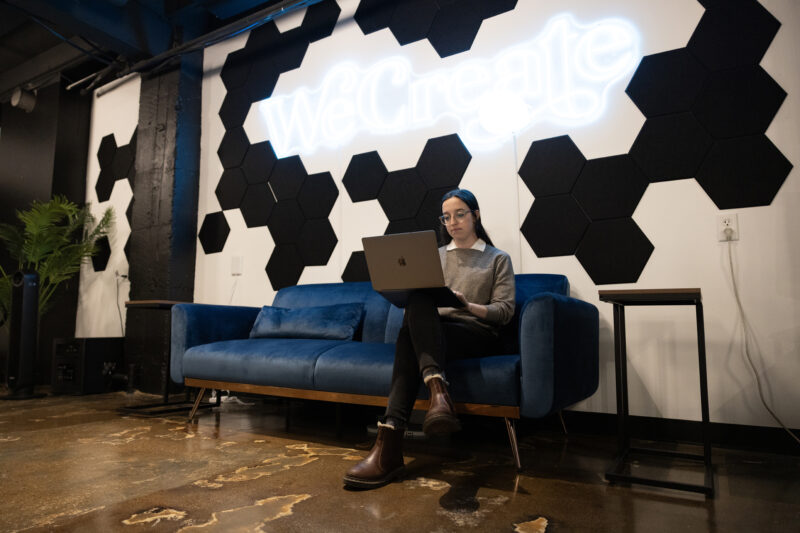Comparing Creativity: Understanding the WeCreate Approach to Graphic Design and Illustration
Do you know the difference? Dive in to learn how these art forms differ, yet beautifully intertwine to tell compelling stories in today's digital age.
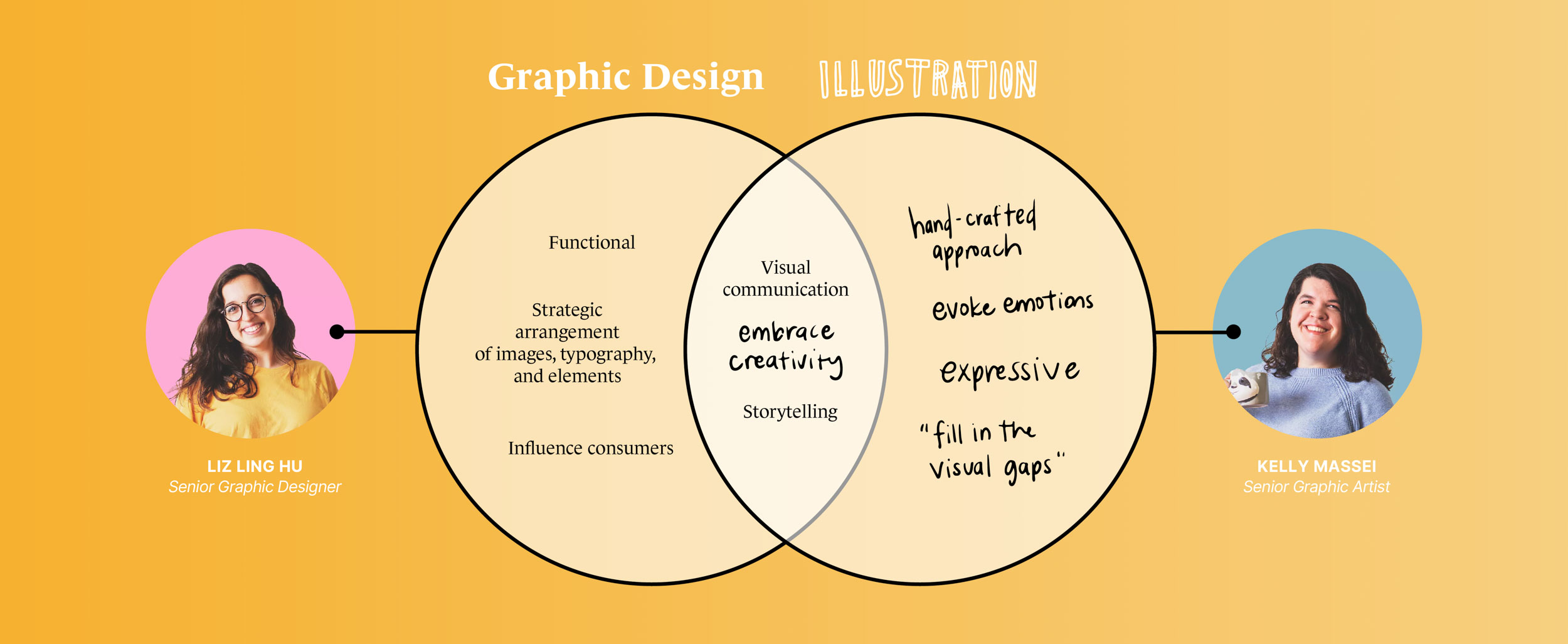
In today’s day and age, we are ingesting more visuals than any generation before us. Art has become increasingly accessible with the internet at our fingertips, offering a wealth of creative possibilities. However, you may not be aware of the fact that many of the visuals you interact with might not so simply be defined as “graphic design”. In fact, a variety of industries exist within the realm of “graphic arts” — including graphic design and illustration.
AnswerThePublic, a site that collects data on online search patterns, revealed many people question the contrasts between graphic design and illustration.
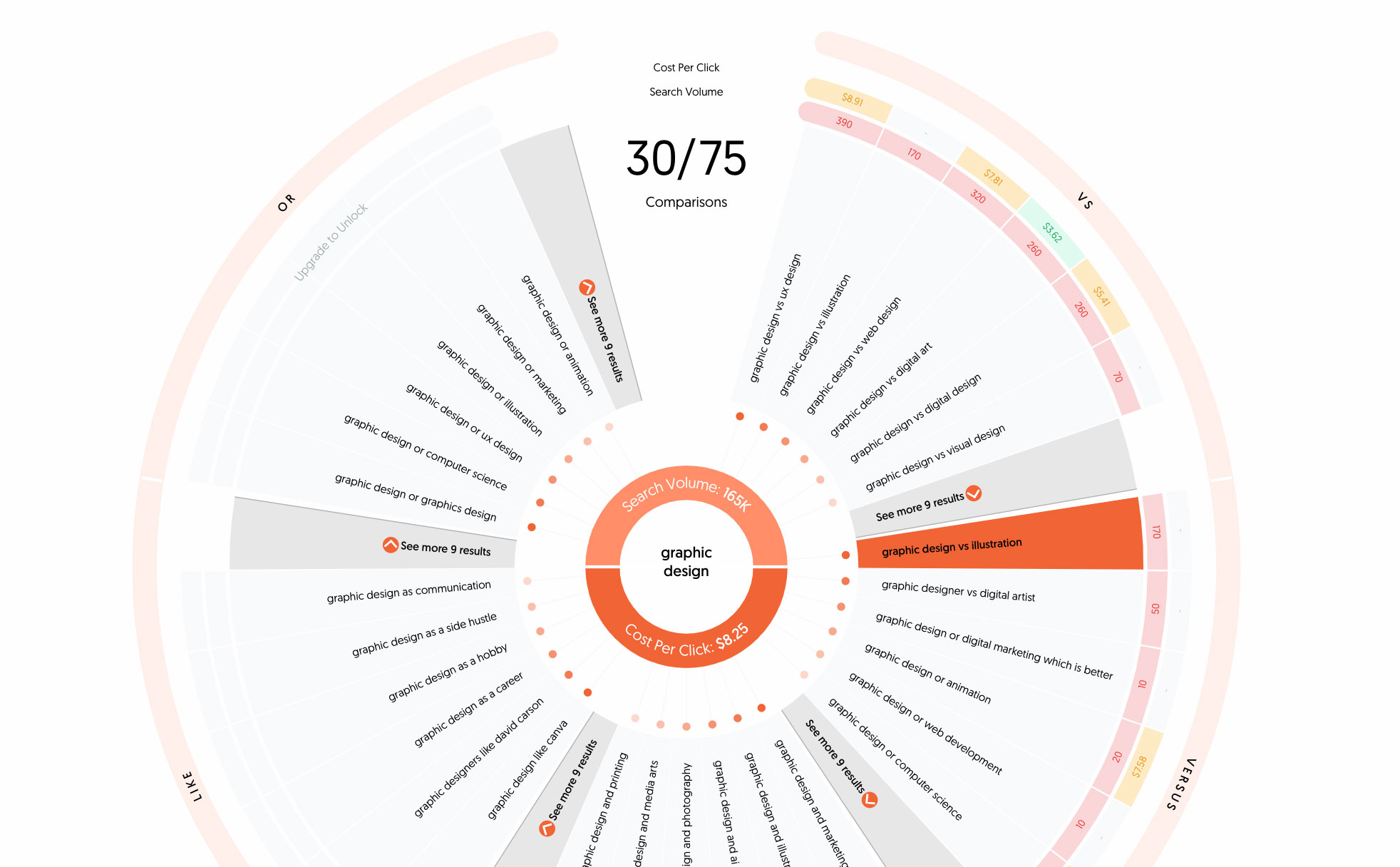
Maybe you are, in fact, aware of the vast definitions of graphic arts, but are curious to know more. Or, maybe you aren’t curious at all, and are just here wondering if the difference in Kelly’s role as Senior Graphic Artist and Liz’s role as Senior Graphic Designer on our team page is intentional?
Spoiler: it is! So let’s dive into the similarities and differences of graphic design and illustration to better understand that distinction.
While they have these art forms have unique traits that set them apart, both graphic design and illustration embrace creativity, storytelling, and visual communication — making both styles invaluable in the execution of thoughtful and intentional visual design.
What’s The Difference Between Illustration Design And Graphic Design
While graphic design and illustration can go hand-in-hand — both being visual mediums that are used to communicate — they have their own distinguished ways of operating. At WeCreate the whole creative team continues to explore the ways in which graphic design and illustration can elevate one another with each project we work on. But what sets them apart?
Illustration: A Handcrafted Approach
Illustration, a very wide-ranging visual medium, sets itself apart from graphic design through its captivating and (typically) handcrafted approach. Unlike graphic design, which often focuses on the layout and composition of text and imagery, illustration thrives in its ability to convey intricate concepts and evoke emotions through artistic expression.
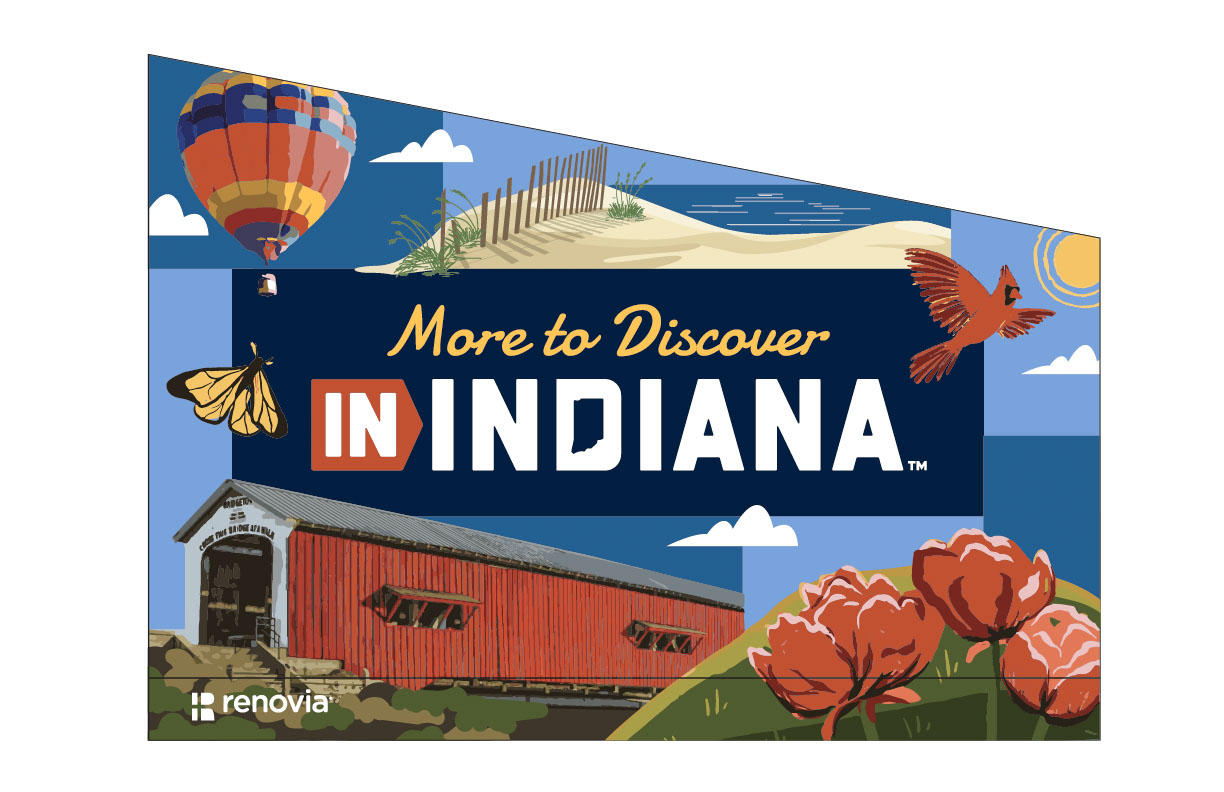
In the realm of our work as a creative and marketing agency, illustration injects personality and depth into the brand identities and design work we create. Illustration also has the power to “fill in the gaps” where real-world visuals and traditional design may not apply. In projects such as the Sadie’s Ice Cream Parlor video for The Grand Hotel, illustration is a fitting medium to introduce Guernsey Farms ice cream to Sadie’s Ice Cream Parlor. Through illustrated animation, we captured the spirit of this new partnership by detailing the sweet friendship of Sadie the dog and the Guernsey cows. Illustration created visuals that would otherwise be difficult to orchestrate in mediums such as video while also capturing the light and friendly tone that the client wanted.
Illustration also has the ability to explore concepts that are not quite tangible and make them comprehensible. In the case of NovaSource videos for PurShade and Surround, we were able to show the protective elements of these products by illustrating scenes to show how these products work at a cellular level. We can see what the applied product looks like in real life with video, but creating an illustrated visual for how the product functions gives an extra nudge of confidence to the consumer. In this case, seeing IS believing (and hopefully buying).
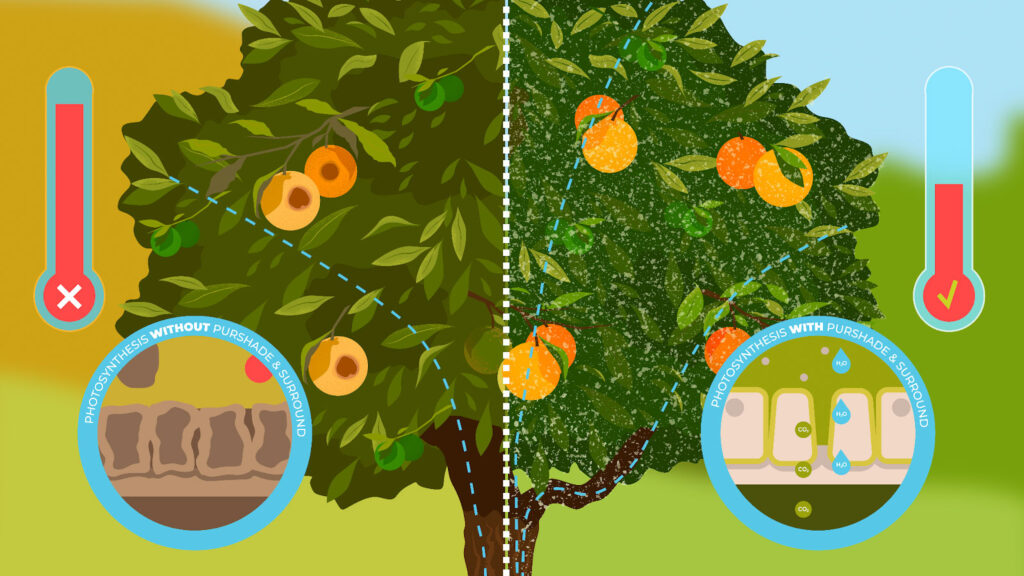
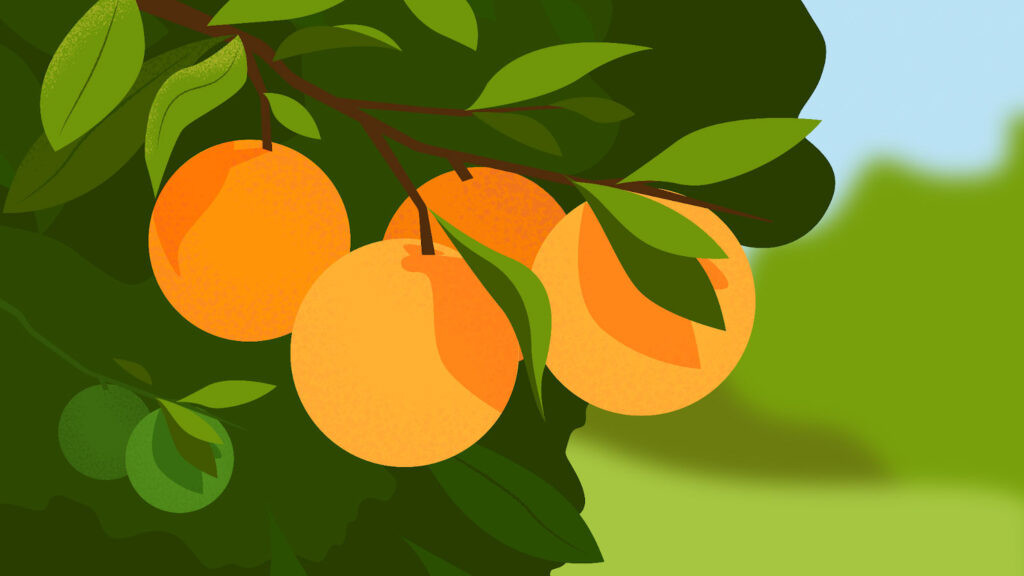
Graphic Design: A Strategic Approach
Now to explore the flipside of our story. Embedded in commercial infrastructure, graphic design revolves around the strategic arrangement of images, typography, and elements. It is a functional art form utilized to communicate messages effectively in advertising and marketing. Graphic design is harnessed to create and promote brands — designing logos, developing marketing materials, creating website wireframes, constructing digital or print advertisements, and more. In design we are often trying to visually convey an idea or essence stemming from brand development, and when we are designing any collateral, we are attempting to communicate a message in a way that is effective and undeniably clear.
“Good design is actually a lot harder to notice than poor design, in part because good designs fit our needs so well that the design is invisible,”
— Don Norman, The Design of Everyday Things”
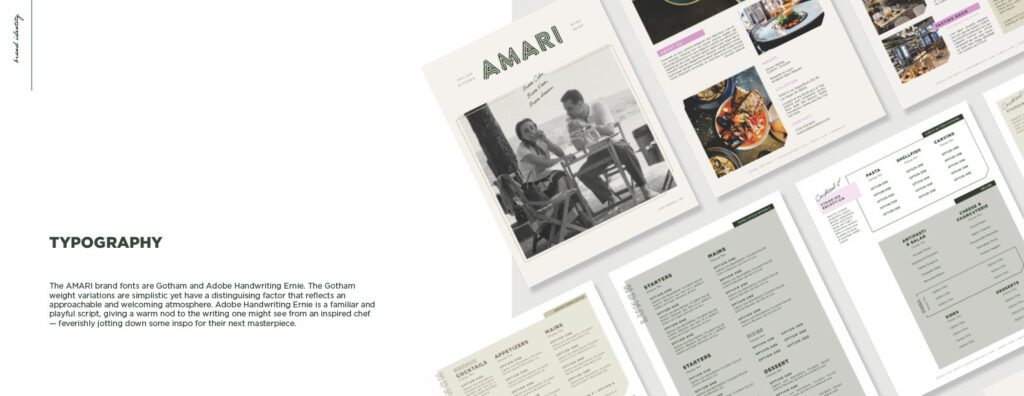
To draw a clearer line between graphic design and illustration, let’s look at a branch of graphic design: brand design. Brand design goes beyond just a logo or a color palette — it is the cohesive identity of the company or organization. Its goal is a distinct look and personality that speaks directly to the target audience with an intentional voice/tone. Through meticulously chosen colors, typography, and imagery, as well as intentionally created logo families and additional brand visuals,* *We’ll come back to this! brand design cultivates recognition. For instance, this strategic and creative process not only fosters familiarity, but also builds trust, loyalty, and an emotional connection with consumers. It’s a complete, holistic picture. But hey, what’s that little sub-category — “Additional brand elements”? I’m so glad you asked…
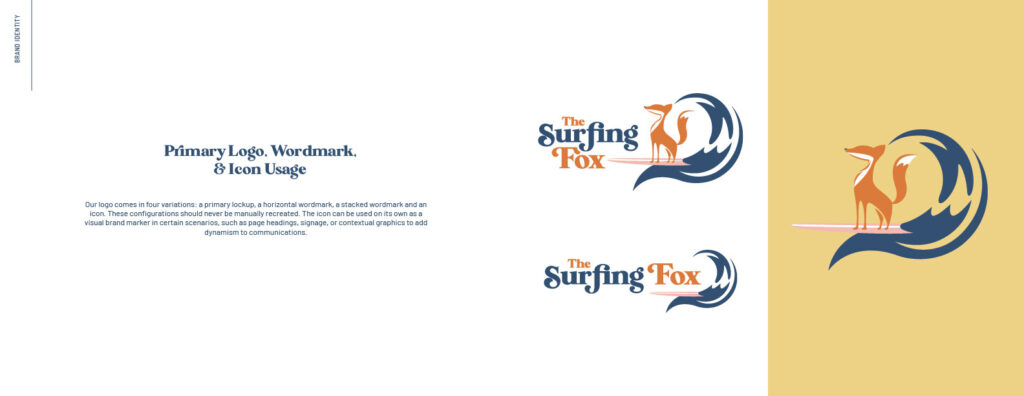
How Do You See Graphic Design And Illustration Working Together?
As mentioned, brand design is a *cohesive* visual identity. In addition to logos and typography — by products of graphic design — a compelling brand will include additional or supplementary elements, such as illustrations!
Illustrations, thoughtfully integrated into the brand identity, build upon the structures of graphic design to infuse character, greater depth, and elevate the established tones and goals, ultimately aiding in the storytelling of a brand. The combination of both mediums — “standard” brand design and illustration — has the power to enhance the overall impact of the brand identity and produce a visual brand that is distinct and dynamic.
What Drew You To Illustration, Kelly?
I’m going to sound like a cliché, but I’ve been drawing since I was a kid and I haven’t stopped since! Throughout school, I was an okay student, but I really found my place in art classes and, more often than not, I could be found in the art classroom working on a project, participating in an art club meeting, or just hanging out with other art students. When I was in college, I knew I wanted to do something with art but didn’t know exactly what to do. I eventually made my way into some design and screen printing classes, which totally lit a fire in my illustration and design heart. Through my design classes I picked up some Adobe Illustrator skills and in screenprinting, I learned to refine those skills more. From there I was able to score a design internship, which led me to opportunities and projects in which I could combine my love for illustration with my knowledge of design.


What Draws You To Graphic Design, Liz?
I joke about starting in undergrad as a graphic design major because I was never great at math or science, but the truth is I did it because I can’t help myself. Even as a girl I would look through print magazines (s/o to my mom’s subscription to the Food Network magazine) and admire the typography: how the headings and body copy perfectly sat atop a gorgeous photograph. Or in a much less enchanting way, I’d see poorly designed ads or billboards and think to myself, “I bet I could redesign that to be clearer and prettier.” When I see a brand campaign element out in the wild I can’t help but re-strategize and re-design it in my head. It’s thoughts like these constantly in my head affirming that I am executing *my passion in graphic design.*
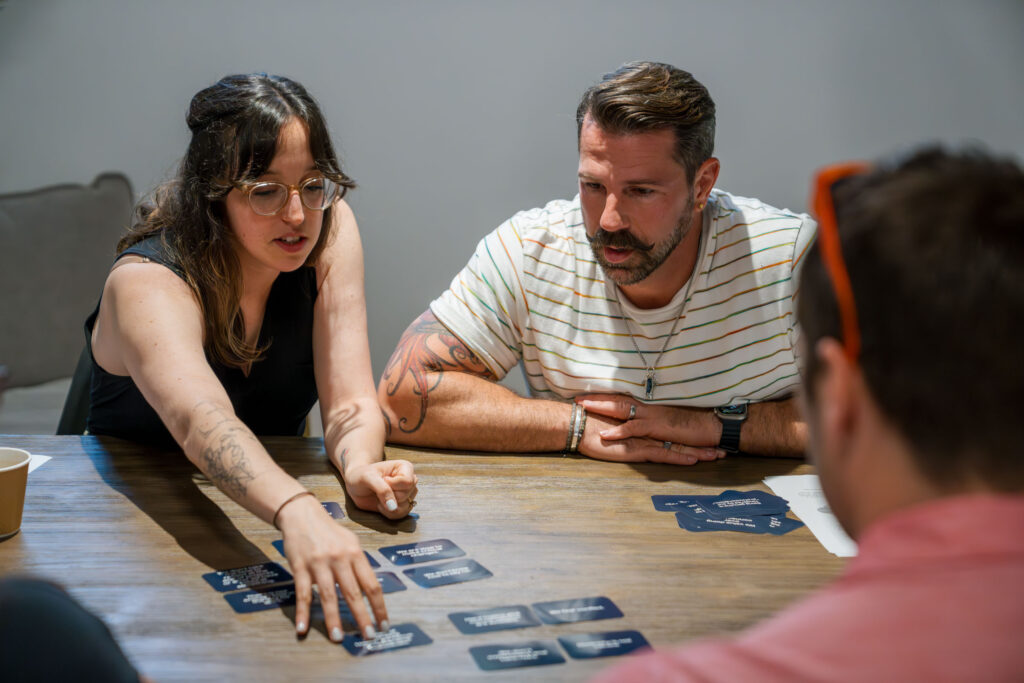

Telling the Story Together
Both graphic design and illustration design are used to tell a story. Both tell stories in their own unique ways: illustration isn’t always for ‘better aesthetics’, and graphic design isn’t always so utilitarian. And when these mediums of visual story-telling come together, they’re able to build on the strengths of both mediums and create work that wouldn’t be possible in their solitary. There’s a beauty produced when the two fields have the opportunity to intertwine and amplify a story more aptly than could be achieved apart.
Is your brand lacking that crucial element that infuses your brand identity with depth, character, and interest? Or perhaps character is felt, but there’s a need for strategic visual organization to help your brand reach the next level of effective advertising. Our team would be happy to help!
Most Recent Posts


